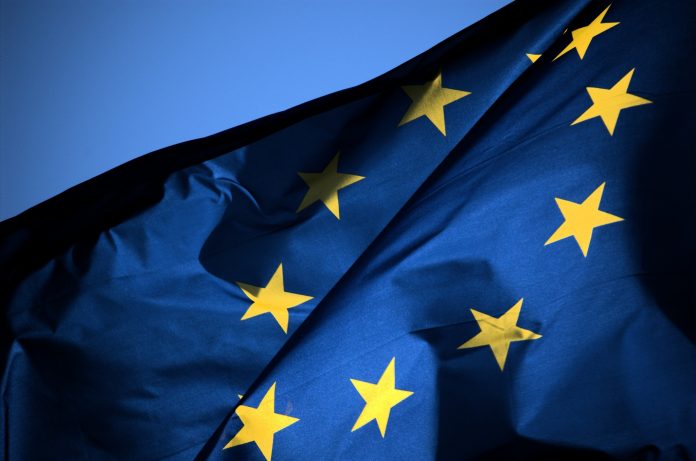A report, examining Horizon 2020, found that over 80% of papers published under the scheme have been functionally open access
Monitoring the open access policy of Horizon 2020, published in June 2021, finds that the European Commission is a global leader in publishing open access science.
The connection between Horizon 2020 and open access
When Horizon 2020 launched, researchers were required to publish any EU-funded results in open access publications.
Open access publication is a relatively new condition of receiving EU-funding. When asked about the purpose of an open access ecosystem, the European Commission said that “publications should be judged on their intrinsic value” and that it would “lead by example in operationalising open science.”
In the last four years, scientific papers have been published at a success rate of 83%.
In 2014, just over 65% of peer-reviewed Horizon 2020 publications were open access. In the space of five years, this percentage rose to 86% in 2019. As part of receiving funding, scientists are required to publish their work in an open access format atleast six or 12 months after initial publication.
However, this report also found some room for improvement in how much work and data is functionally accessible. It is a long-form study, combining meaningful qualitative and quantitative data, which focuses on how those open access percentages can progress.
So, what is holding the percentage down?
While the figure is currently over 80%, scientists and researchers remain ambitious about how accessible their work becomes. Accessible science leads to collaboration, which is a key pillar of how EU-funded projects function.
-
Upfront credit card payment and hybrid paywalls
There is an emerging threat of hybrid journals having a blanket paywall that will render them inaccessible – despite containing some open access articles. The European Commission will no longer allow grant money to be used this way, creating a difficult future for research that works specifically well in hybrid journals.
On top of that, the actual process of fee payment is ordinarily an upfront credit card payment.
This requirement is difficult for higher education institutes, as clearing a transfer payment can take months – while using a credit card is often an impossibility. There is usually no such thing as an institutional credit card, meaning that individual researchers can end up footing the bill arbitrarily or missing out on the opportunity to publish in a timely fashion. This report proposes that there should be a different, more accessible system of payment allowed.
-
Intellectual property rights
Since it can take months to process the non-credit card payment required, intellectual property becomes a potential sacrifice. The report writers recommend that the Commission create some guidelines and solutions for this ongoing issue.
Over half of people surveyed said they opted out of the Horizon 2020 project and resultant requirements due to fears about intellectual property rights. Intellectual property, when it comes to science and STEM subjects, is the right to own a scientific discovery. Without it, information can be diluted and lost, leading to false attribution – despite the reality of who made the breakthrough.
-
A lack of well-reported data
Another issue is a general confusion about how to submit data, in what form, and how rigorously to keep updating the Commission after a project has come to an end. At the moment, OpenAIRE is the platform for tracking metadata on research outputs, while the SyGMa portal is where continuous self-reporting happens. Some key metadata was missing for various projects, or available in poor quality, leading to an overall lack of clarity.
This report opens the door to reformations in existing policies around open access publication from future European Commission projects – with all eyes on the percentage of papers that make it.











